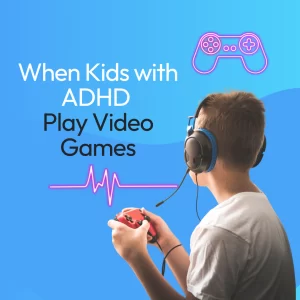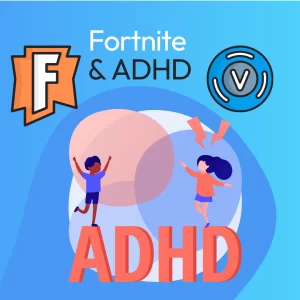Have you ever seen something happen and thought to yourself someone should do something. We have all had the experience overhearing a conversation where someone says something rude or offensive to someone else and we spend the rest of the day thinking about what we should have done. Bullying is not something that happens in private. Bullying happens in public, often with other students around. At times, teachers and other school staff witness the bullying. Even though there are witnesses, little is done to support the victim. “Bystanders” is another name for these witnesses. And we understand their inaction by understanding something called “The Bystander Effect.”
We are going to talk about a few reasons’ the bystander effect happens when larger groups of people are together. And by highlighting some of these phenomena, we hope to get people thinking about how they can overcome their role as passive bystanders, and intervene when they see bullying.
Diffusion of Responsibility
This is the idea that responsibility distributes itself across the number of people witnessing an event. This means that any individual person is less likely to feel responsible to intervene when other people are present. The diffusion of responsibility is positively related to the number of people present (e.g., the more people around, the more likely it is that each individual will feel a diffusion of responsibility to the group). The diffusion of responsibility can also explain people feeling anonymous in a crowd (helping us understand looting/rioting) and why people slack off in group projects (people become more likely to attribute failure to others as group size increases).
Pluralistic Ignorance
Pluralistic ignorance refers to people using social comparisons to determine individual responses. When we see any event, like bullying, we assess the emergent nature of the event by the way others are reacting. Or, more specifically, not reacting. When others appear to not be concerned, we are more likely to follow suit.
Audience Inhibition & The Fear of Social Blunders
Sometimes, the presence of others can prevent bystanders from intervening. Looking foolish or being embarrassed in front of a group is a deterrent to action. Let’s think about an example of audience inhibition. Imagine a confused student asking a teacher a question in class. The confused student interprets the fact that other students are not asking questions as a sign that the others understand the material. Leaving them unlikely to ask a simple question and risk looking foolish.
We avoid involvement for other reasons too
-
Sometimes the children who witness bullying fear that stepping in to stop the bully will make them the new target of aggression.
-
Bystanders may not intervene as they worry that doing so will make things worse for the victim.
-
Bystanders may not know what to say or do in the event they witness bullying.
When do Bystanders Intervene?
-
Bystanders intervene when they consider themselves to be friends with the victim.
-
Bystanders intervene when they believe that “bullying is wrong.”
-
They intervene when they view the target of bullying as being innocent.
-
Bystanders intervene when they have empathy and sympathy for the victim of bullying.
-
Finally, bystanders intervene when they believe that teachers and school staff will respond effectively to stop the bullying.
Bullying happens in front of people, and those witness struggle to respond. Sometimes they may not think it is that big of a deal. And sometimes they might not know what to do. Maybe they even think that trying to intervene will make matters worse. Just remember that bullying often happens in front of an audience. And most of the time a bystander intervenes to support the victim, the bullying comes to an end. By raising awareness about the bystander effect we hope that you become aware of the forces influencing your behavior. We hope that you intervene the next time you see someone who looks like they could use a little support.




2 thoughts on “Understanding the bystander effect”
Pingback: Compassion = Empathy + Action - Stand 4 Kind - Empathy
Pingback: What is happiness? - Stand 4 Kind - Happiness and the present moment